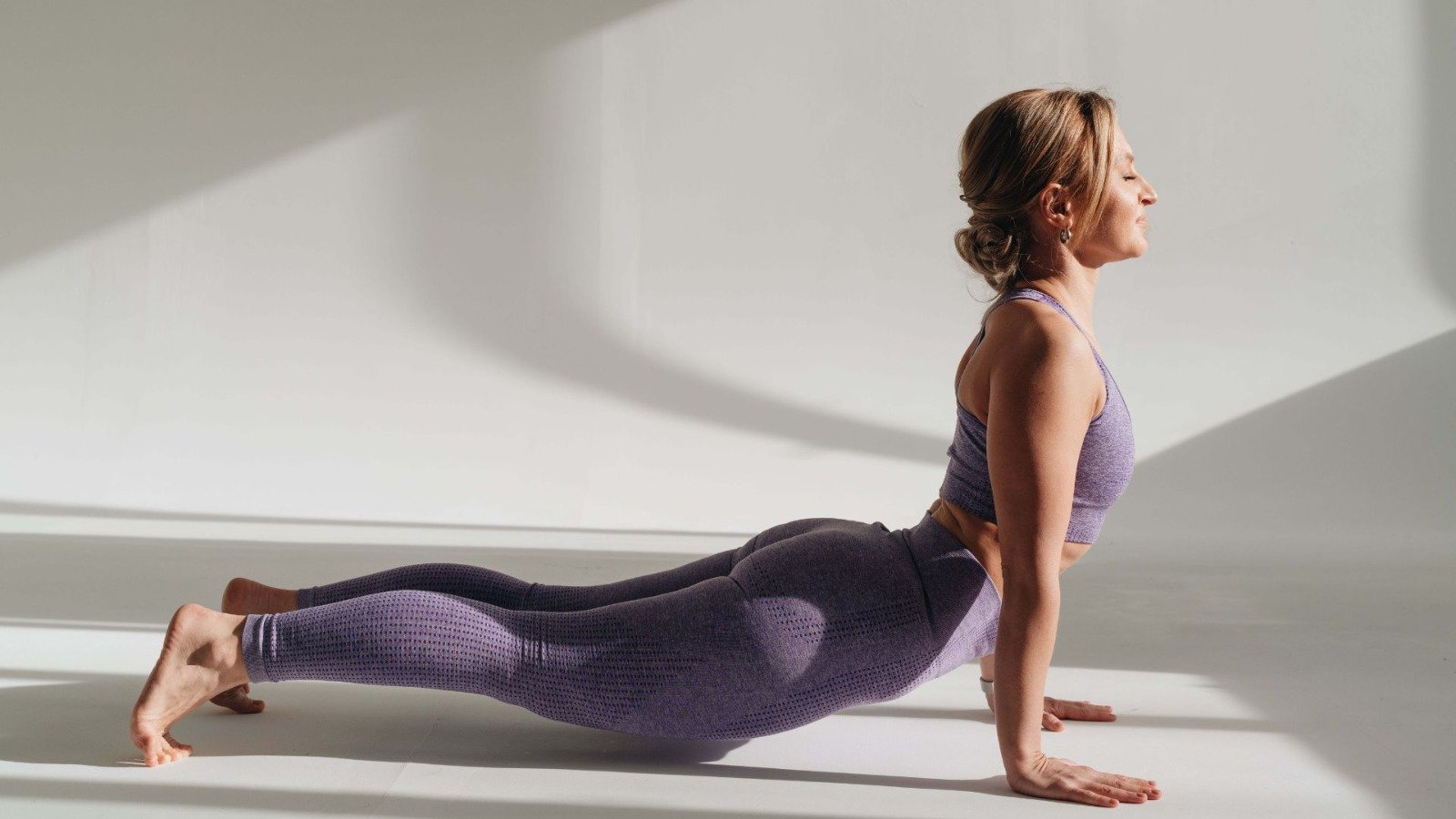Baby Cobra Yoga: Unveiling the Power of This Gentle Asana
Yoga, with its myriad of poses and practices, offers a diverse range of benefits for both the body and mind. Among these poses is the gentle yet powerful Baby Cobra Yoga, a beginner-friendly asana that holds numerous health advantages. In this article, we’ll delve into the depths of Baby Cobra, exploring its origins, benefits, practice techniques, precautions, variations, and more.
Introduction to Baby Cobra
What is Baby Cobra Yoga?
Baby Cobra Yoga, also known as Bhujangasana or Cobra Pose, is a foundational yoga posture that resembles the posture of a baby cobra raising its head. It is a gentle backbend that helps to strengthen the spine and open up the chest and heart center.
Brief History and Origin
The origins of Baby Cobra can be traced back to ancient India, where it was practiced as a part of Hatha Yoga. It is mentioned in various yogic texts as a posture that promotes vitality and rejuvenation.
Benefits of Baby Cobra Yoga
Physical Benefits
- Strengthens the Spine: Baby Cobra helps to improve the flexibility and strength of the spine, reducing the risk of back pain and injury.
- Stretches the Chest: The pose opens up the chest, counteracting the effects of slouching and improving posture.
- Stimulates Abdominal Organs: The gentle compression of the abdomen in the pose massages the internal organs, promoting digestion and detoxification.
Mental Benefits
- Elevates Mood: Backbends are known for their uplifting effects on mood, helping to alleviate feelings of stress, anxiety, and depression.
- Increases Mental Clarity: The combination of breath and movement in Baby Cobra enhances focus and concentration, sharpening mental faculties.
Emotional Benefits
- Promotes Self-Confidence: As practitioners build strength and flexibility in the pose, they often experience a sense of empowerment and self-assurance.
- Opens the Heart: Baby Cobra encourages practitioners to cultivate feelings of love, compassion, and gratitude, fostering emotional well-being.
How to Practice Baby Cobra
Step-by-Step Guide
- Lie on your stomach: Begin by lying flat on your stomach with your legs extended and the tops of your feet resting on the mat.
- Place your hands: Position your hands underneath your shoulders, palms facing down and fingertips in line with the top of your shoulders.
- Inhale and lift: On an inhalation, press into your palms and gently lift your chest off the mat, keeping your elbows close to your body.
- Engage your back: Draw your shoulder blades down and back, opening up the heart center and lengthening the spine.
- Hold and breathe: Hold the pose for 15-30 seconds, breathing deeply and evenly.
- Exhale and release: To release, exhale as you slowly lower your chest back down to the mat.
Proper Alignment and Technique
- Keep the neck long: Avoid crunching the back of the neck by keeping the gaze forward and the neck in line with the spine.
- Engage the core: Activate the abdominal muscles to support the lower back and protect the spine.
- Listen to your body: Honor your body’s limits and avoid pushing into pain or discomfort.
Precautions and Tips
Safety Measures
- Avoid if pregnant: Pregnant individuals should avoid deep backbends like Baby Cobra, especially in the later stages of pregnancy.
- Consult a healthcare professional: Individuals with back injuries or medical conditions should seek guidance from a qualified healthcare provider before practicing.
Modifications for Beginners and Advanced Practitioners
- Use props: Place a bolster or folded blanket under the hips for added support.
- Reduce intensity: Beginners can start by lifting the chest only a few inches off the mat and gradually increasing height as flexibility improves.
- Deepen the stretch: Advanced practitioners can experiment with lifting the hands off the mat or straightening the arms fully.
Variations of Baby Cobra
Different Ways to Incorporate it Into a Yoga Practice
- Flowing Cobra: Coordinate movement with breath by inhaling to lift into Baby Cobra and exhaling to release back down.
- Cobra Flow: Link Baby Cobra with other poses such as Downward-Facing Dog or Child’s Pose for a fluid sequence.
Advanced Variations for Experienced Yogis
- King Cobra Pose: Lift the chest higher off the mat and extend the arms straight, resembling the raised hood of a cobra.
- Cobra Twist: From Baby Cobra, rotate the torso to one side and reach the opposite arm overhead, creating a gentle twist through the spine.
Conclusion
Baby Cobra Yoga is not just a physical posture; it is a pathway to greater self-awareness, strength, and vitality. By incorporating this gentle backbend into your yoga practice, you can experience a myriad of benefits for both the body and mind. Whether you’re a beginner or an experienced yogi, Baby Cobra offers something for everyone, inviting you to explore the depths of your inner resilience and grace.
Unique FAQs
Can Baby Cobra Yoga help improve posture?
Yes, regular practice of Baby Cobra can help to strengthen the muscles of the back and shoulders, which in turn can improve posture over time.
Is Baby Cobra yoga safe for children?
- While Baby Cobra can be safe for children, it’s essential to ensure proper supervision and guidance from a qualified yoga instructor.
What are the benefits of combining Baby Cobra yoga with other poses?
- Combining Baby Cobra with other poses can create a well-rounded yoga practice that targets different areas of the body and promotes overall flexibility and strength.
How long should I hold Baby Cobra yoga?
- Aim to hold Baby Cobra for 15-30 seconds initially, gradually increasing the duration as you become more comfortable with the pose.
Can Baby Cobra yoga improve respiratory function?
- Yes, the gentle expansion of the chest in Baby Cobra can help to improve respiratory function and enhance lung capacity over time.







